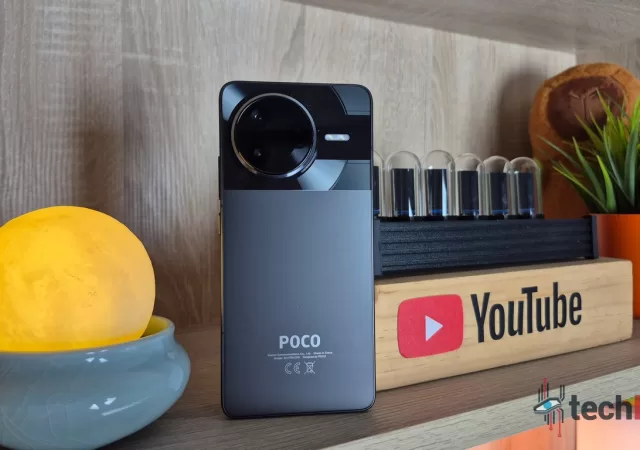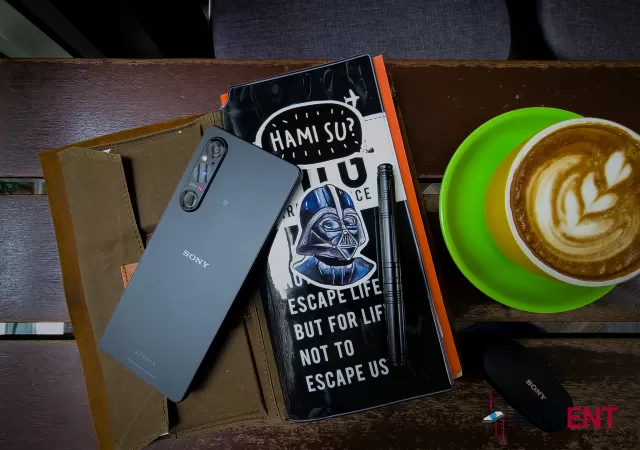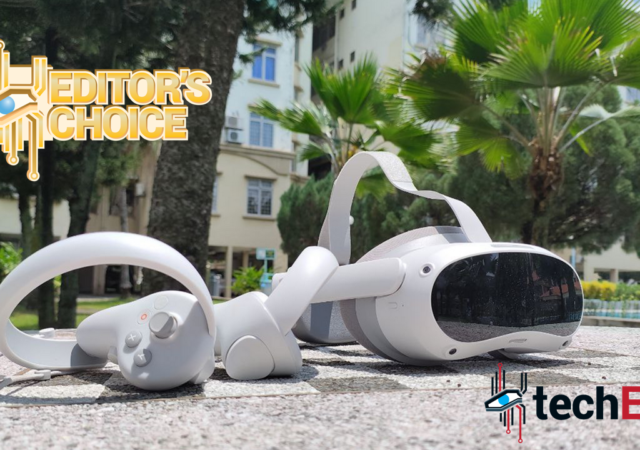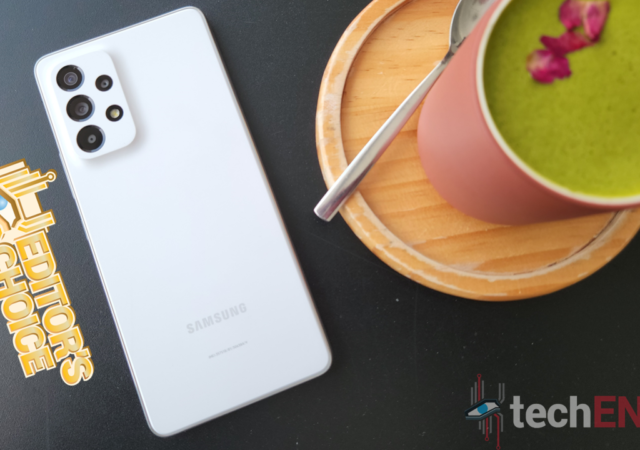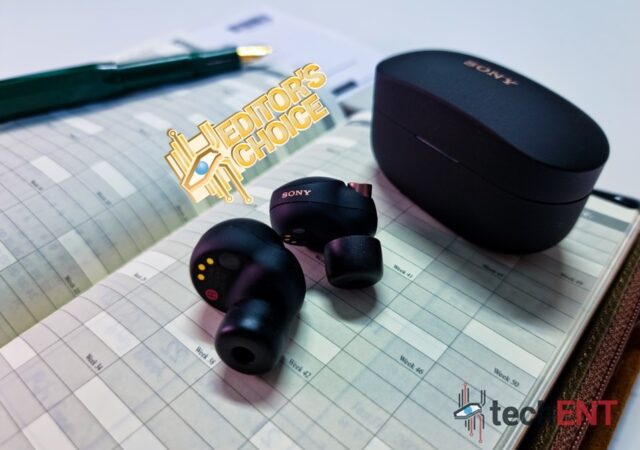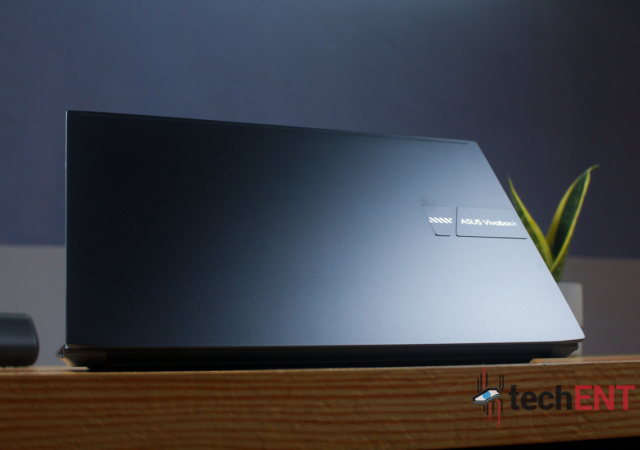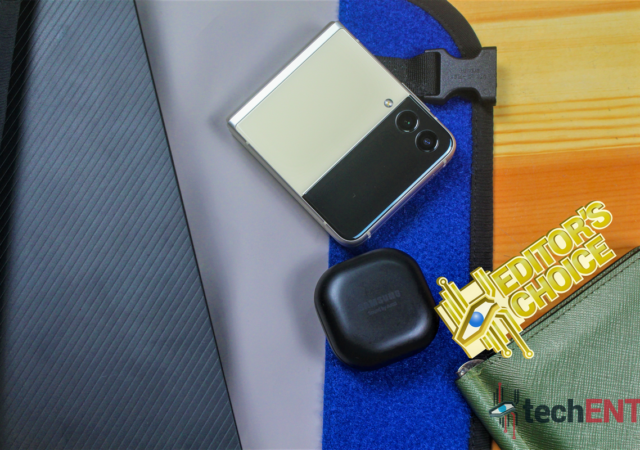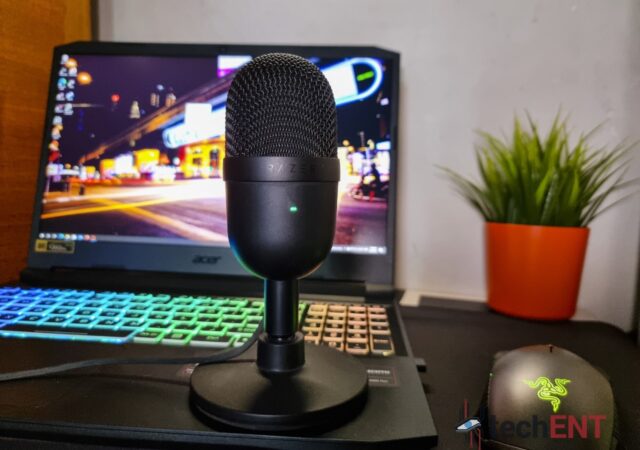Xiaomi’s POCO F7 Pro takes on a relatively saturated market with a proposition that isn’t just about specifications. The question is does it do it well?
Editor’s Choice
The Sony Xperia 1 V In-Depth Review – Maybe the Best MYR 6,399 You Can Spend
Sony’s Xperia 1 V is a thing of understated beauty to us. We really like it, but we also think that it is not made for everyone.
PICO 4 In-Depth Review: Is It Really the Perfect VR Headset?
The PICO 4 is being lauded as the best and most affordable VR Headset available right now. Is it really? Find out in our in-depth review.
The Roborock Q7 Max+ In-Depth Review – Out of Sight, Out of Mind
What does MYR 3,099 buy you? It buys you a Roborock Q7 Max+ vacuum robot. This one is rather special with a tower dock. Should you get it?
Samsung Galaxy A53 5G In-Depth Review: A Delicate Balancing Act That Pushes the Mid-range Further
Samsung’s Galaxy A53 is the mid-point of its revamped mid-range lineup. How does the true mid-ranger fare? We’re breaking it down.
[Video] The Predator Triton 500 SE In-Depth Review – The Thin Beast Thing
Acer’s Predator gaming laptop line-up in 2020 was one that was filled with products that sort of look like each other. One gaming laptop stood out though. That one gaming laptop that stood out above the rest is the Predator…
Sony WF-1000XM4 In-Depth Review – The Best got Better
We got to try the Sony WF-1000XM4, their next-generation Noise Cancelling True Wireless Earbuds. At MYR 1,099, is it worth it? We find out.
ASUS VivoBook Pro 15 OLED (M3500QC) In-depth Review: Light on Weight, Heavy on Power & Kind on the Bank
A laptop has become one of the pieces of technology that we can’t do without. Most of the time, we’re stuck between choosing something that is chunky and powerful or sleek and light. However, in recent years, we’ve been seeing…
Samsung Galaxy Z Flip3 In-Depth Review: They’re On to Something!
Samsung’s new Galaxy Z Flip3 is bound to turn heads with its eye catching design. We’re putting it throught the TechENT Review to see how it does overall.
Razer Seiren Mini In-Depth Review – Little Pill, Big Volume
Razer’s Seiren Mini might not look like much. At MYR 249, it is one of the most affordable USB mic of its kind. Is it worth the money though?



